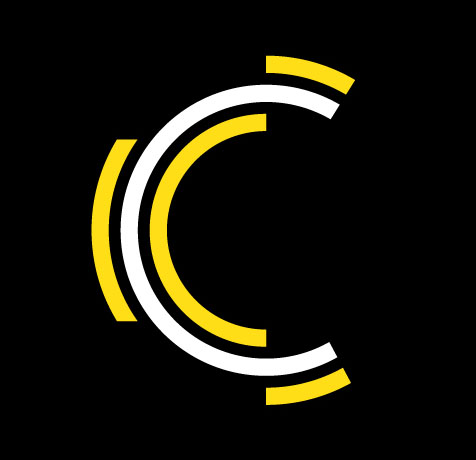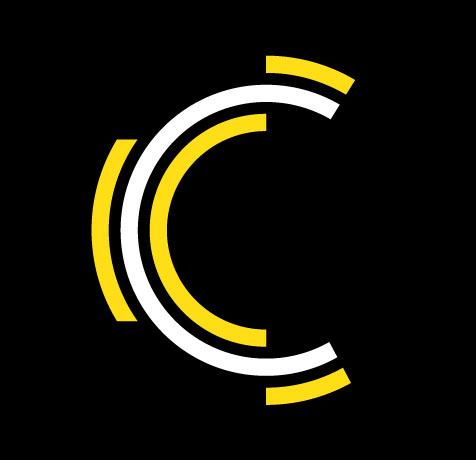A new creative energy is crackling across Seoul. It’s catching the world’s attention, and has attracted rising star Na Kim back to her homeland – but will it keep her?

There’s a growing sense of excitement in Seoul: questions are being asked, fear overcome and steps taken. Towards what, Na Kim isn’t quite sure – but the creative promise of the city was enough to attract the designer back from the Netherlands last year, where she’d been living and working since 2006.
After graduating in 2008 from Arnhem’s Werkplaats Typografie, a two-year masters programme run under the ArtEZ Institute of the Arts, Kim launched her own studio. She’s won worldwide recognition for her vibrant, stripped-back graphic style, and her work has been exhibited everywhere from Milan to New York. Kim undoubtedly has the world as her oyster. So what is it about Seoul?
-
What encouraged you to return, and how do the two countries compare creatively?
It’s hard to say ‘move back’ because I feel like Seoul is a temporary spot where I stay when I need something else. My experiences in the Netherlands were great, but I was looking for some enthusiastic energy that might bring me new challenges.
Korea somehow fit with this idea: many things here are currently in a process – it isn’t completed, but there is still enough potential to take the next steps forward. I was attracted by the many young designers and the various cultural scenes in Seoul.
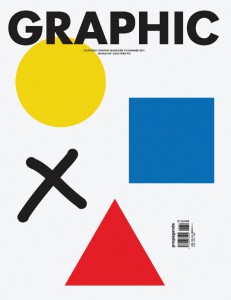
-
Tell us more about the graphic design scene in Seoul – are there many opportunities for creatives?
I think more and more young designers in Korea seem less and less afraid, despite the international crisis. This simplifies the issue too much, but ‘less fear’ says a lot in this context. The trial and error from the previous generation during a high-growth period for Korea has made the domestic issues in the political and economical situation more complex.
At the same time, individuals have an ability to look at the real happenings in society and realise that adjustment without questioning is nothing to do with real life. With social influences like this, young designers are ready to make their own way in finding value in life, rather than just following the mainstream.
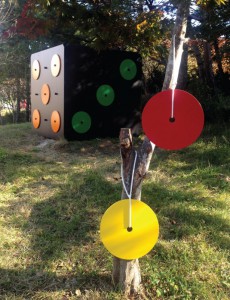
Of course, this has had a big effect on the energy in the profession – small studios are opening, more people are self-publishing, and there has been an increase in the number of cultural and social events.
Compared to Korea, the situation in Europe and North America seems to be becoming a stereotype. Maybe this alternative movement has refreshed how young Korean designers view the world outside – and vice versa.
-
If you had to pick one project that best represents you as a graphic designer, which one would it be and why?
Graphic magazine was one of my most exciting and challenging projects. For more than three years I worked as a designer and editor for this quarterly magazine. The unique character of Graphic lies in its one-theme-one-issue structure, and this makes it very effective for me to work independently as a designer and concept-provider.
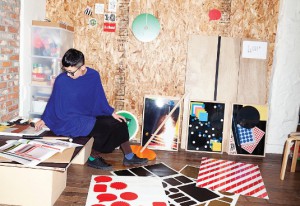
A very small group of people is involved in making the magazine, so most of the decisions are open to all of us. This means that I can suggest any idea from the start of each issue, and I also deal with editorial activities including choice of topic and contributors – not just the layout.
-
You set up umool umool magazine in 2004. What’s your aim with it?
Umool umool is an experimental graphic magazine launched in Seoul by myself and three other graphic designers. The project had a simple starting point: to make a self-printed book using our own design processes in a personalised way.
From volume 8, I’ve taken charge on the project. And since volume 10 it has been produced under a more specified editorial idea, such as the overturn of the designer’s role, a tension in hierarchy of form and content, and so on.
Every issue has one theme that contributors can represent in their own way. It’s like curating a 16-page exhibition on the recto and verso. In the latest issue, around 13 people were invited to describe their collaborative processes.
The exact amount of contributors I’ve invited is difficult to tell, owing to people sneaking in: contributors have invited further guests, or might have had multiple roles. I’m interested in the ‘behind the scenes’ moments within a collaborative process.
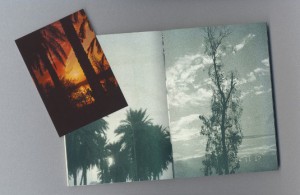
-
How would you describe your ethos as a designer? What are you trying to achieve?
Daily life matters a lot to my work and its process. I’m always questioning what surrounds me, and the moment and the place. This might lead to the point where I feel an appetite to create something to answer those questions.
It doesn’t need to be the right answer, though. It’s the situation that encourages the question that is important for me. Sometimes this makes a conclusive output, and sometimes it stays as an unsolved discomfort, but both are necessary particles for the process. Later on if I look back, I can slowly find the connections of these particles.
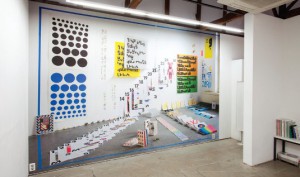
-
Can you give us an insight into the significance of form, functionality and colour in your work?
The structure of day-to-day life provides a lot of clues for answering the questions I encounter. These are often connected with functionality; while form and colour are more or less decided during the process.
-
What’s the most exciting personal project that you’ve ever done?
I believe that once you have an abstract idea in your head, you need to make it real, otherwise it doesn’t exist. Whenever I have some images flashing in my mind, I put them into action immediately.
In 2011 I had a solo exhibition, and got the chance to recollect my personal works. I re-organised them under the theme of ‘abstracts’ – those abstracts were mostly engaged with a ‘found’ situation in my life, so ‘Found Abstracts’ seemed to be a suitable title.
Afterwards I was invited to many other exhibitions and presented various works beyond the graphic design category. For example, Transitory Workplace 53 is both a physical space and 53-day-long project for a 2012 exhibition called Life: A User’s Manual. I moved back to Korea, coincidently, while preparing for the exhibition. The anxiety I felt before entering the track of a new physical environment quite naturally summoned the space of memories.

-
What can we expect from you in 2014?
I don’t really plan for the future. Many things are just happening and I enjoy letting myself float on the situation.
Recently I got an art prize in Korea and the chance to have an artist residency in New York in 2015, which I never expected a few months ago. I’m looking forward to the coming years.
This article originally appeared in Computer Arts issue 221.
----------
If you liked this article, please subscribe to our YouTube Channel for tech news, reviews and video tutorials. You can also find us on Twitter, Instagram and Facebook.
